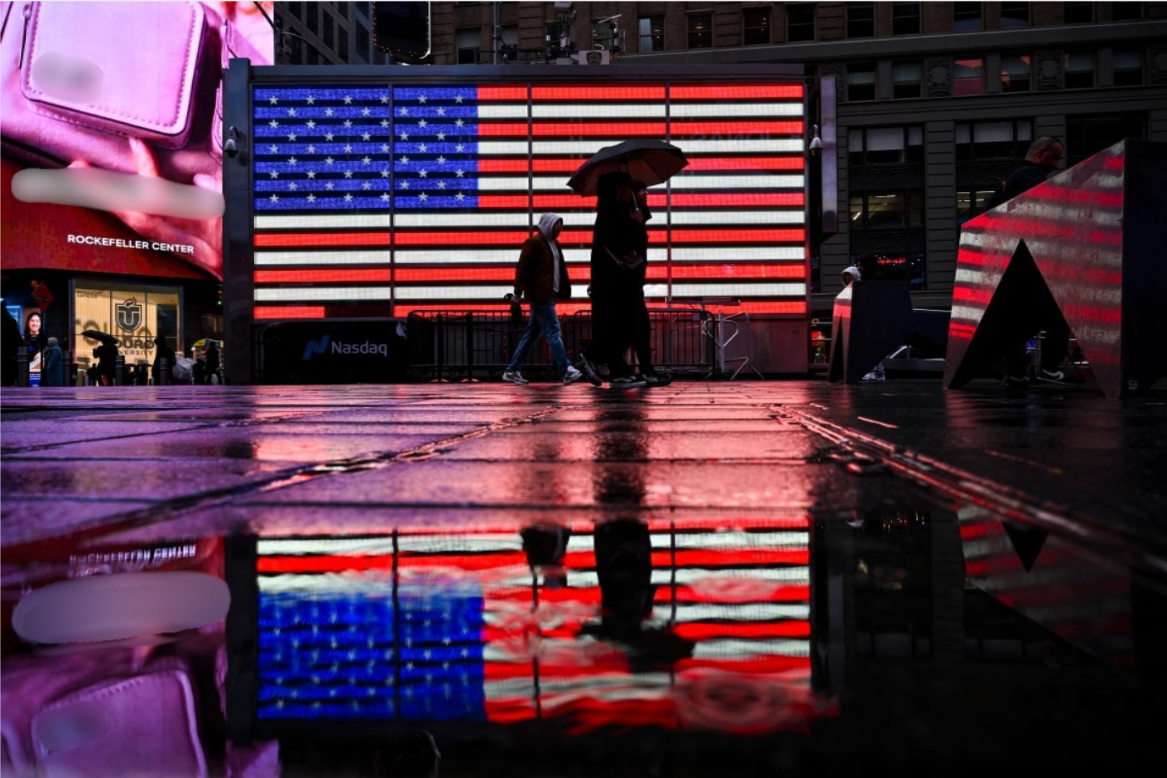
By Agence France-Presse
The United States opened the door to tariffs targeting high-end technology and pharmaceuticals on Monday, April 14, feeding the uncertainty gripping the global economy in a trade war that Chinese leader Xi Jinping warned can have “no winner.”
After weeks of indications such a move was coming, the U.S. commerce secretary formally announced “national security” investigations into pharmaceutical imports, and another on semiconductors and chip-making equipment.
The specter of a broadening tariffs onslaught came as Treasury Secretary Scott Bessent touted momentum in talks with individual countries on reaching trade deals—but with little detail offered.
In China, he said “There’s a big deal to be done” but was notably vague about the timing or chances of it happening. Talks have begun with Vietnam and were to start with Japan on Wednesday, then South Korea next week, Bessent told Bloomberg TV.
Investors were relieved at the apparent easing of pressure in President Donald Trump’s wide-ranging but often chaotic attempt to reorder the world economy by using tariffs to force manufacturers to relocate to the United States.
Wall Street stocks finished solidly higher on Monday as markets greeted more conciliatory signs from the Trump administration on exemptions for key electronics. Asian and European markets were also boosted.
President Trump remains firm that the tariffs will bring critical manufacturing back, with White House spokesperson Kush Desai telling AFP that “the entire administration is committed to working on Trump Time”—apparently referring to moving quickly—on the matter.
Tit-for-tat exchanges have seen U.S. levies imposed on China this year rise to 145 percent, and Beijing setting a retaliatory 125 percent barrier on US imports.
Earlier, U.S. officials announced exemptions from the latest duties against China and others for a range of high-end tech goods such as smartphones, semiconductors, and computers.
But Trump suggested on Sunday, April 13, that the exemption would be only temporary and that he still planned to put barriers up on imported semiconductors and much else.
In response, South Korea—a major exporter to the United States and home to the world’s largest memory chip maker Samsung—announced on Tuesday (April 15) plans to invest an additional $4.9 billion in its semiconductor industry.
The South Korean finance ministry said “growing uncertainty” over US tariffs had left the country’s powerful industry clamoring for support.
On Monday, Trump once again pivoted to suggesting possible compromise, saying in remarks at the White House that he was “very flexible” and “looking at something to help some of the car companies” hit by his 25-percent tariff on all auto imports. “I don’t want to hurt anybody,” he said.
China’s Xi, who kicked off a Southeast Asia tour with a visit to Vietnam, warned that protectionism “will lead nowhere” and a trade war would “produce no winner.”
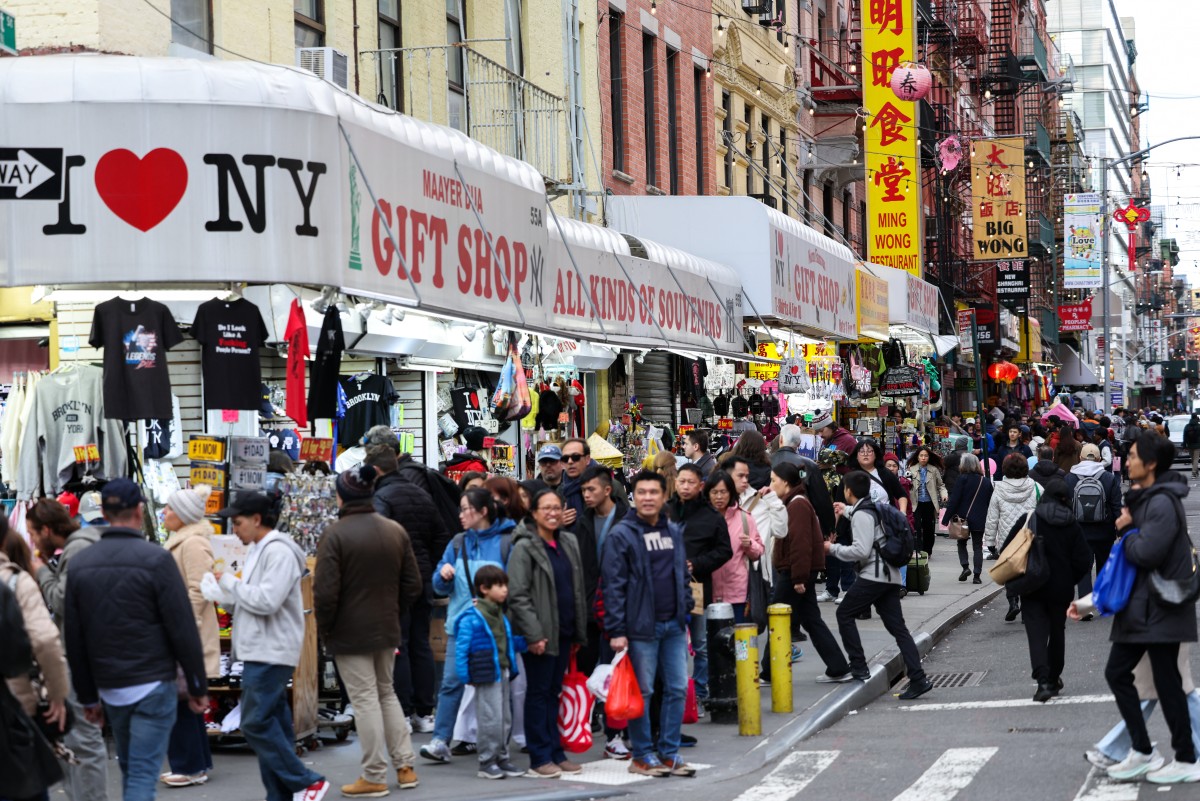
Short-lived relief?
Trump initially unveiled huge tariffs on countries around the world on April 2. He then made an about-face a week later when he said only China would face the heaviest duties, while other countries got a global 10 percent tariff for a 90-day period.
The trade war is raising fears of an economic downturn as the dollar tumbles and investors dump U.S. government bonds, normally considered a safe haven investment.
And the latest wrangling over high-tech products—an area where China and other East Asian countries are key—illustrates the uncertainty plaguing investors.
Washington’s temporary exemptions will benefit U.S. tech companies such as Nvidia and Apple, which makes iPhones and other premium products in China. But any relief could be temporary.
Trump said he would announce tariffs rates for semiconductors “over the next week,” and Commerce Secretary Howard Lutnick said they would likely be in place “in a month or two.”

Negotiations
The White House says Trump remains optimistic about securing a trade deal with China, although administration officials have made it clear they expect Beijing to reach out first.
And European Union (EU) trade chief Maros Sefcovic said “the EU remains constructive and ready for a fair deal” after meeting with Lutnick and US trade envoy Jamieson Greer in Washington.
Sefcovic said this deal could include reciprocity through a “zero-for-zero” tariff offer on industrial goods, but added in a social media post that “achieving this will require a significant joint effort on both sides.”
The Trump administration also says that dozens of countries have already opened trade negotiations to secure deals before the 90-day pause ends.
Japanese Economic Revitalization Minister Akazawa Ryosei will visit Washington for negotiations this week, with his country’s automakers hit by Trump’s 25 percent tariff on the auto sector.
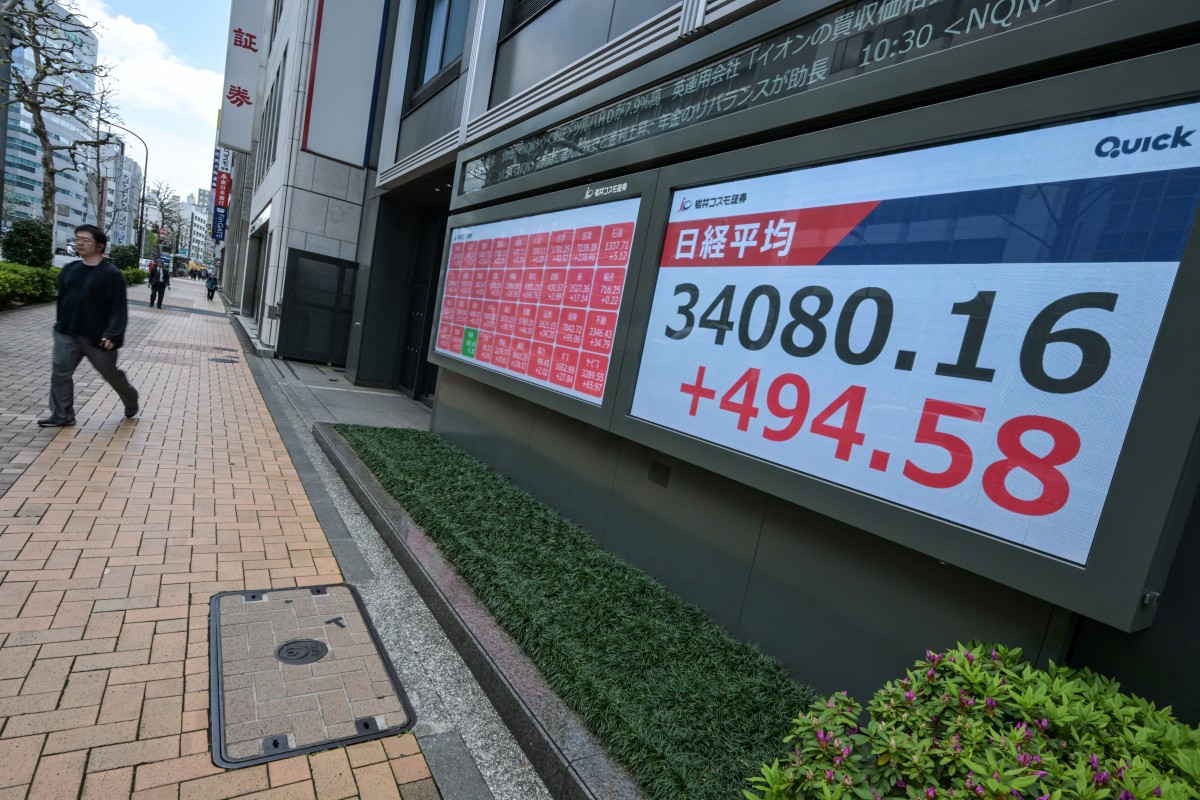
Asian stocks mixed as stability returns
Asian stocks were mixed on Tuesday, April 15, as some stability returned to markets after last week’s rollercoaster ride, with auto firms boosted by Donald Trump’s possible compromise over steep tariffs on the sector.
However, the U.S. president’s unorthodox approach to trade diplomacy continues to fuel uncertainty among investors, with speculation over new levies on high-end technology and pharmaceuticals dampening sentiment.
The announcement last week of exemptions for smartphones, laptops, semiconductors, and other electronics—all key Chinese-made products—provided a little comfort, though Trump’s suggestion states they would temporarily temper the optimism.
Meanwhile, Trump aide Kevin Hassett said the White House had received “more than 10 deals where there’s very, very good, amazing offers made to us,” but did not specify which countries.
After a broadly positive day on Wall Street, Asian markets fluctuated.
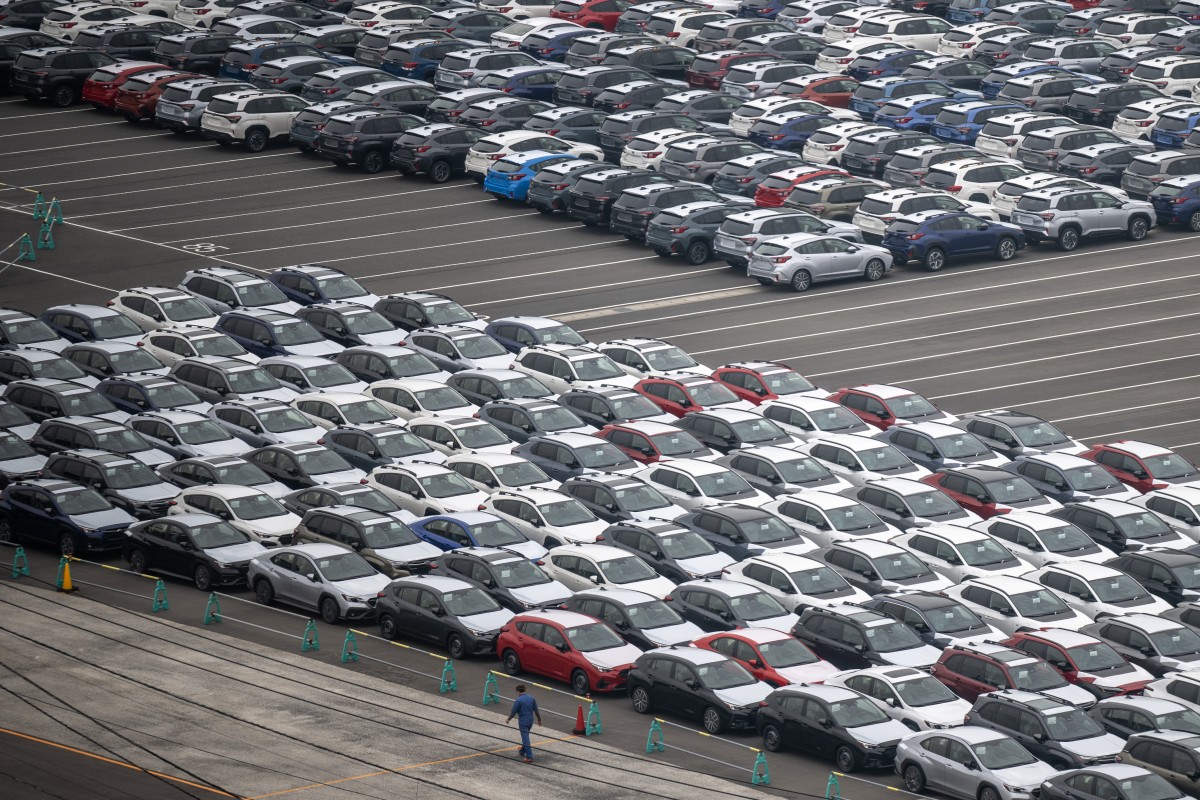
Auto firms lifted by exemption hope
Tokyo and Seoul were among the best performers thanks to a rally in autos after Trump said he was “very flexible” and “looking at something to help some of the car companies” hit by his 25-percent tariff on all imports.
Toyota and Mazda jumped five percent and Nissan more than three percent, while Seoul-listed Hyundai jumped more than four percent.
South Korea’s announcement of plans to invest an additional $4.9 billion in the country’s semiconductor sector gave a little lift to chip giants Samsung and SK hynix.
Sydney, Singapore, Taipei, Manila, and Jakarta also rose. Hong Kong and Shanghai dipped with Wellington.
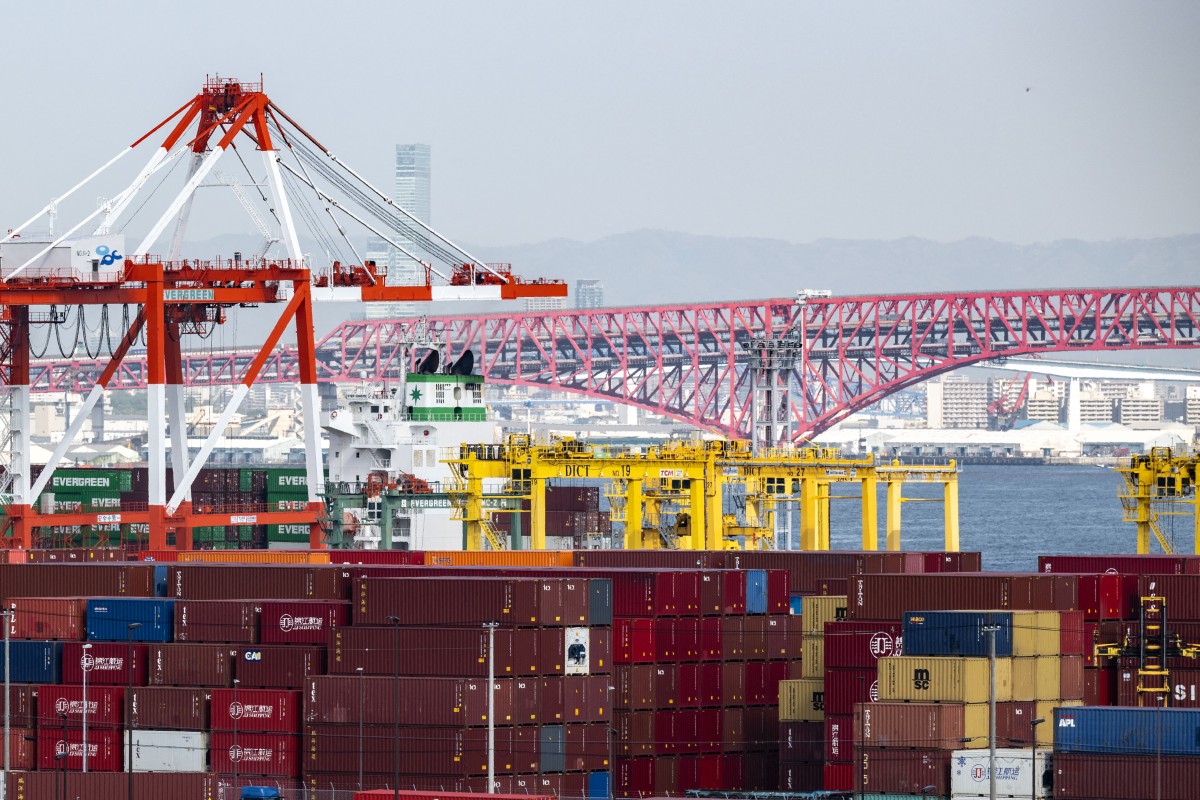
Federal Reserve governor Christopher Waller provided some support to markets after suggesting he would back the central bank to cut interest rates to help the economy, instead of focusing on higher inflation.
He pointed out that prices could see a transitory rise because of the tariffs but added that if Trump reverted to the crippling tariffs included in his “Liberation Day” on April 2 then officials would be ready to step in.
“If the slowdown is significant and even threatens a recession, then I would expect to favor cutting the…policy rate sooner, and to a greater extent than I had previously thought,” he said in comments prepared for an event on Monday (April 14).
“In my February speech, I referred to this as the world of ‘bad news’ rate cuts. With a rapidly slowing economy, even if inflation is running well above two percent, I expect the risk of recession would outweigh the risk of escalating inflation, especially if the effects of tariffs in raising inflation are expected to be short lived.”
However, OANDA senior market analyst Kelvin Wong warned central bankers would face some tough choices.
“Combination of slowing growth and persistent inflation, hallmarks of a stagflation environment, poses a significant challenge for the US Federal Reserve, which may find it increasingly difficult to implement counter-cyclical monetary policies to support the economy,” he said in a commentary.
